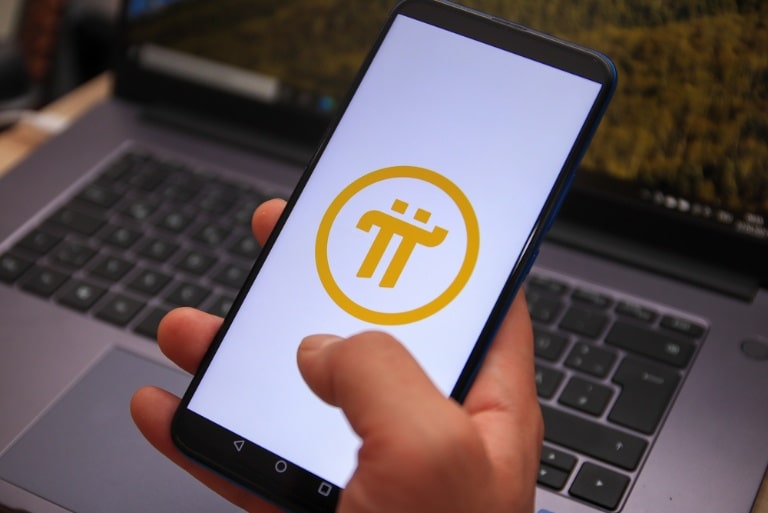Pi Cryptocurrency and How It Changes Shopping Online

With expanded availability of digital coins, Pi crypto has the potential to soon be a leading determinant of e-commerce. Its user-friendly nature, user-centered approach and community thinking are very appealing to customers, who are seeking something more adaptable and controllable.
The e-commerce environment continuously evolves, depending largely on shifting technology and varied consumer demand. As many more people look to shop with digital currency, Pi opens a new direction for the future through accessibility, sustainable energy and peer-to-peer value. As the Pi Network expands, e-retailers, as well as e-retail consumers, are considering the role that this virtual community-driven currency can play in truly redefining the virtual platform exchange of goods and services.
Monitoring the Price of Pi Coin for Online Shoppers
To operate in an e-commerce setting, users must be able to assess the worth of a specific cryptocurrency accurately, in real time. Following the Pi coin price allows consumers to make informed buying decisions, whether buying a cup of coffee from a website, a digital magazine, or a peer-based marketplace.
Customers expect price predictability and clarity, especially for newer coins. Real-time tools that provide insight help users know whether it is a good time to spend, hold, or exchange Pi. Since Pi remains pre-listed for most jurisdictions, user-based and decentralized exchange estimates serve as a surrogate for attributing usable value.
With greater usage of Pi, effortless access to price data will be essential to making that integration a commonplace of e-commerce practice, so that retailers, just like customers, can transact confidently.
Introduction of Crypto Checkout Systems
The incorporation of cryptocurrency payment channels within e-shops is a reality today. Both independent vendors and global platforms are already experimenting with digital payment channels. Pi’s mobile-driven architecture and user interface might provide small businesses with a decent opportunity to be a diversified payment channel.
Pi stands out for being user-friendly. Unlike other cryptocurrencies that are either unknown to individuals without a technology inclination or are accompanied by hefty fees, the Pi mining and payment system was meant for the masses. If properly integrated, Pi transactions can reduce reliance on the credit system, reduce payment commissions and facilitate faster payment processing, all of which benefit consumers and merchants.
Consumer demand is driving the shift towards alternative currencies. As more people are introduced to digital assets, they are more likely to invest in platforms that deal with cryptocurrencies like Pi, as long as they are convenient, privacy-respecting and cost-efficient.
Rethinking Rewards With Pi
For a relatively long time, shopping platforms have relied on loyalty programs to maintain customers, utilizing cashback, coupons, or points to entice them. What if similar systems were powered by a decentralized currency instead of a centralized currency? Pi could offer a reward system that is ubiquitous, one that is universally valued across platforms and not subject to arbitrary expiration or brand limitation.
By returning Pi as a type of cashback or promotional reward, companies could reward repeat business while providing customers with a digital asset that is theirs. In a way that differs from closed-loop rewards that can be redeemed only on a given platform, Pi could be maintained, traded, or even taken elsewhere, including adding more flexibility than most loyalty programs.
Privacy and Control
Perhaps the most notable advantage of cryptocurrency, in general, is increased privacy. While most payment methods founded on older technology often insist on disclosing personal bank data, Pi makes it possible for peer-to-peer transactions to occur with minimal information disclosure. This feature is quite enticing for privacy-conscious users who desire more protection of their digital trail.
For consumers of e-shops concerned with data monitoring, advertisement targeting, or central storage of payment credentials, the use of Pi can be a more secure option. This decentralized platform is a new breath of fresh air in a world where personal information gets traded so often without prior consent.
Pi’s platform, still in development, can be designed to incorporate transparency with protection. If executed judiciously through retail platforms, it can perhaps allow consumers to verify transaction records without exposing personal identification, a healthy equilibrium of anonymity with accountability.
Making E-commerce Easier for Emerging Markets
One of Pi’s best selling points is that it is freely available for everyone. Pi was more attractive to new markets because the network was designed to run on smartphone devices and avoids most traditional cryptocurrencies’ high energy needs. In places where there is limited access to mainstream banks, Pi offers a way of accessing digital commerce that isn’t based on traditional infrastructure.
For millions of customers from growing regions, shopping through Pi may avoid bank fees, cross-border currency obstacles and cross-border payment constraints. Stores from similar regions may benefit equally, earning a foot-in-the-door to a virtual borderless market of customers that transact a unifying digital currency.
A New Chapter for Crypto and Commerce
While Pi is always expanding, Pi’s promise for re-inventing the shopping experience through the internet cannot be questioned. Whether keeping track of the Pi coin price or test-driving decentralized checkout platforms, retailers from all continents are beginning to glimpse the prospects that shopping through a standardized Pi could unlock.




